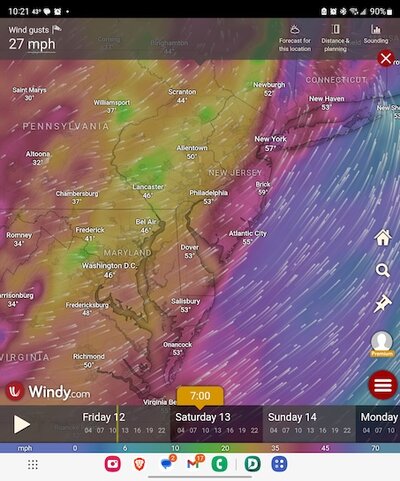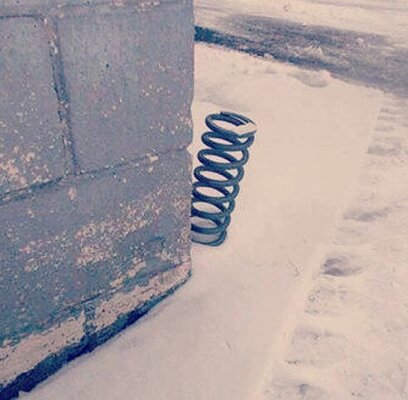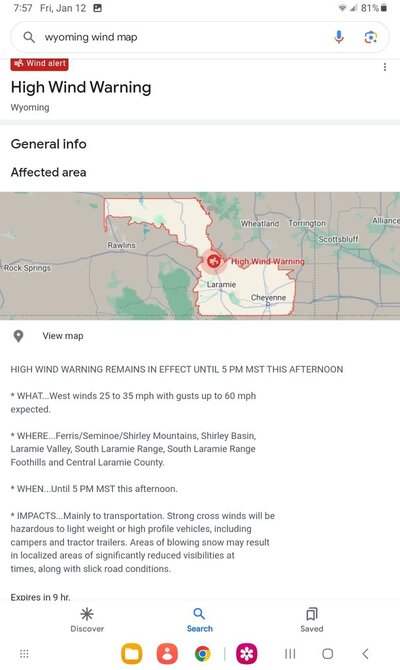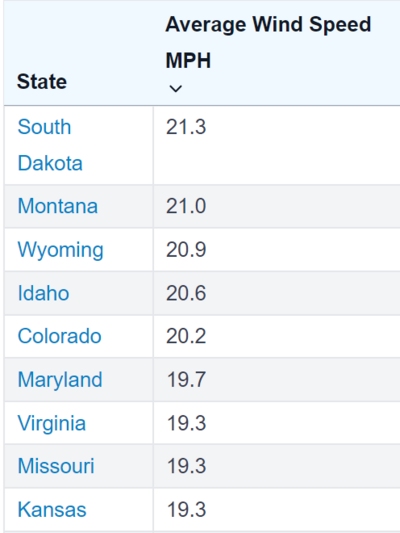I drive semis with 53' van trailers. A 40 mph gust will push an empty trailer over. Fully loaded it would take over 60 mph to tip. Fortunately, I can usually plan my route not to be driving in direct cross-winds. Looks like that may be the case for you tomorrow in NJ.
The forecast for tomorrow along the I-95/NJ Turnpike is gusts to 30 first thing, ramping up to low 40's by 0900. If you can get on the road super early, that will be to your advantage. Wind is out of the WSW, so it will be mostly a headwind which is fortunate. Especially important on the Delaware and Susquehanna River bridges. You'll be getting awful fuel mileage and it will push you around some, but shouldn't be a terrible ride. Wind in southern VA will diminish around 5pm. If you're comfortable with it, fill your fresh water tank before leaving to add a little ballast. You can always dump it somewhere in VA to reduce the weight if you want.
Here's the 0900 wind forecast for tomorrow from the Windy app. It's not free, but under $10 if memory serves. Best weather app I've ever used. In the actual app, the wind lines move relative to speed. Of course this is a screenshot, so that's not happening, but the colors tell you what you need to know.
ETA: In the attachment, I had the cursor roughly over Allentown PA to get the view I wanted. That's where the 27 mph gusts indicated would be. This was the 0700 forecast, intended to illustrate the value of leaving early. If you could get on the road by 0500, you ought to be deep into MD before the wind really picks up.
ETA2: If it were me making this trip, I would transit Baltimore and DC using the western bypass routes, I-695 and 495. In both cases, that keeps you off of high overpasses at the interchanges. Especially the flyover from I-495 WB onto I-95SB. I would not want to be on that with 40 mph gusts.






